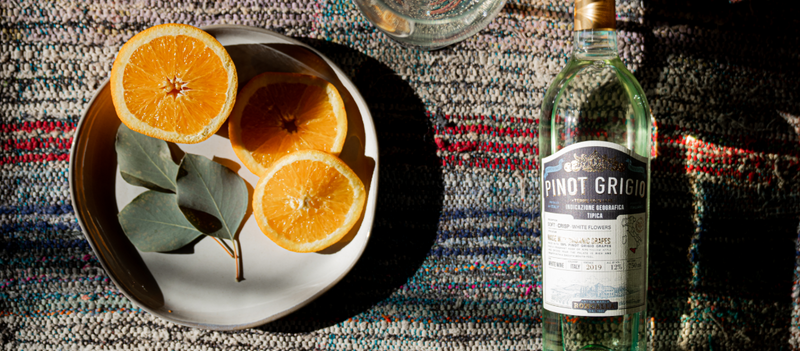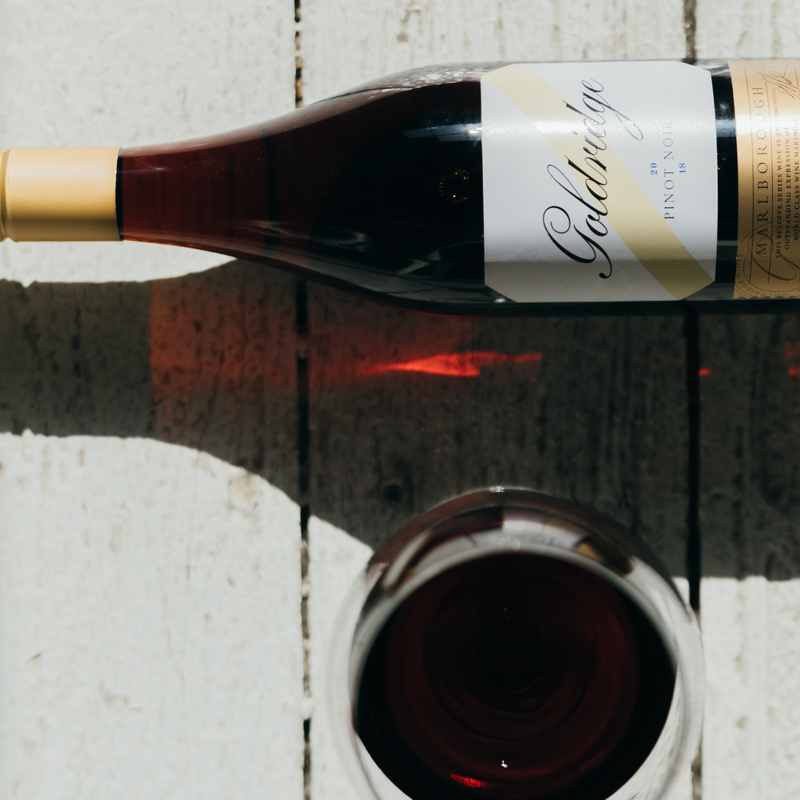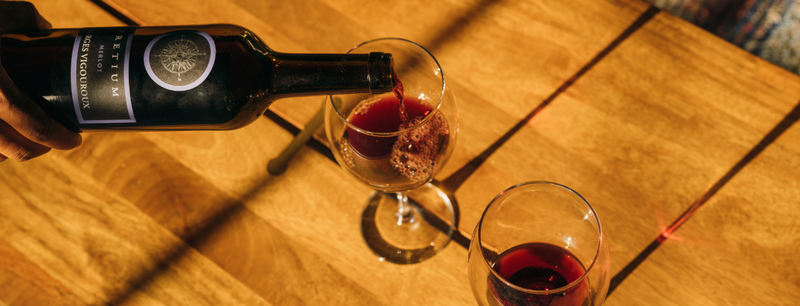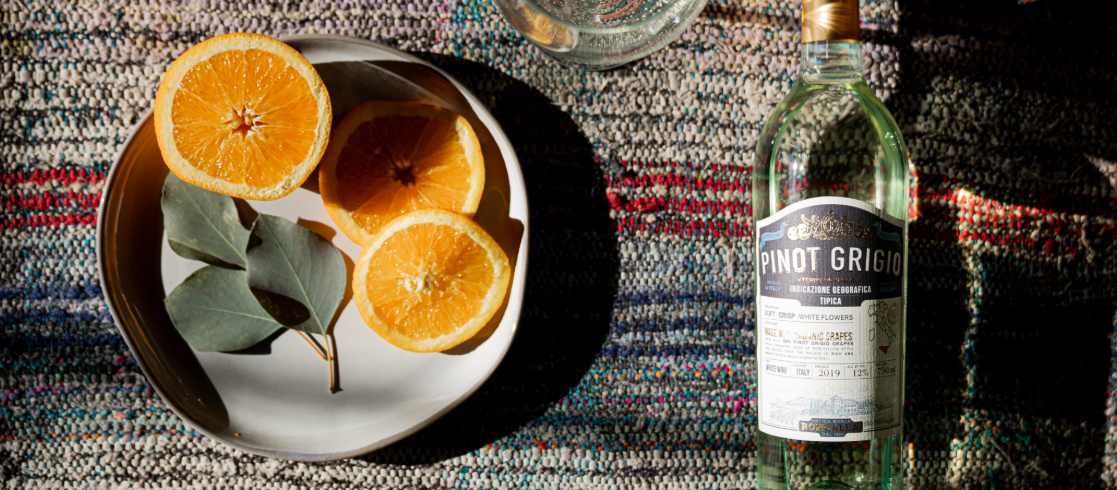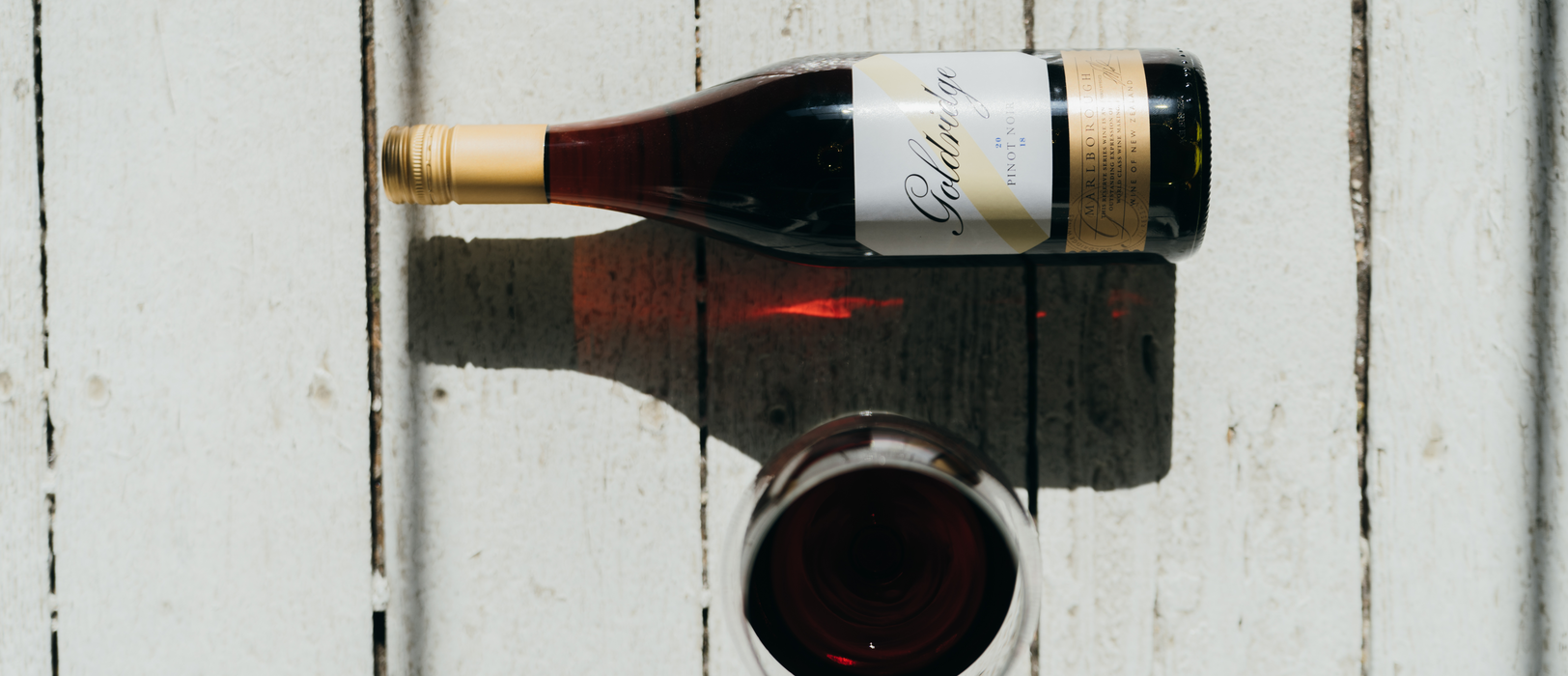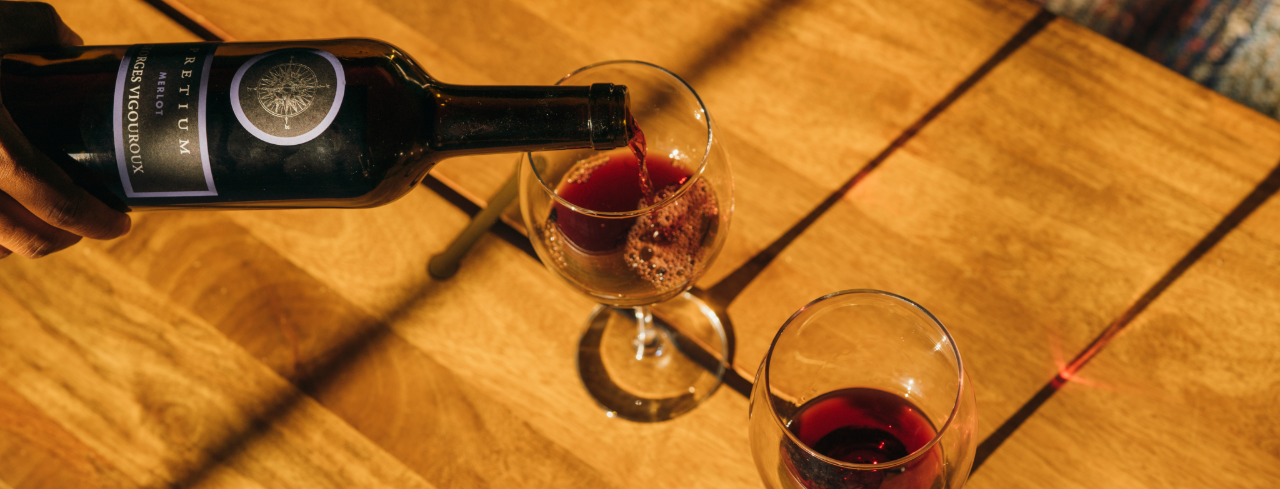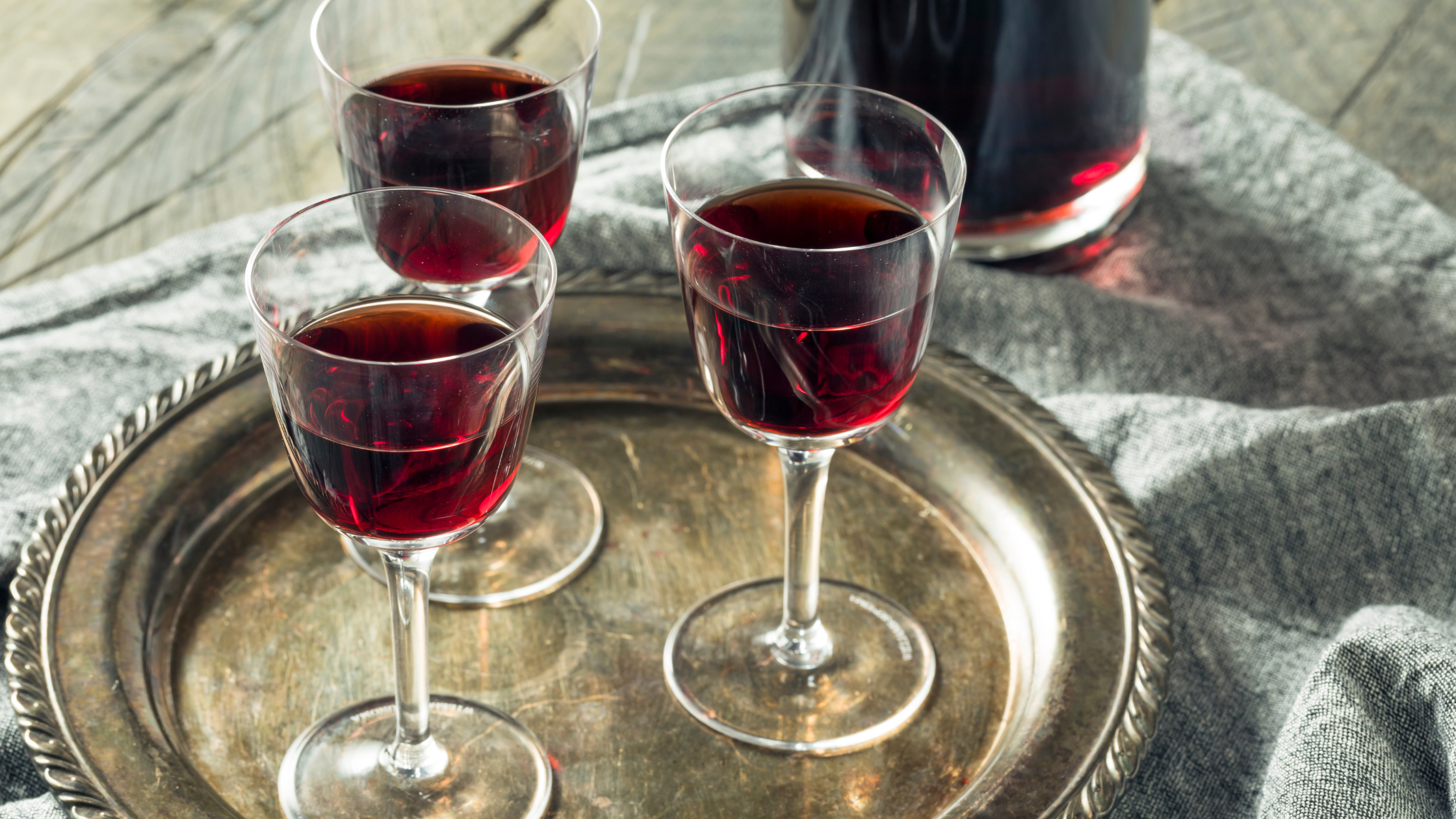
What is Port Wine?
From the Douro Valley of Northern Portugal comes a rich, sweet wine.
With over one hundred grape varieties, Port remains one of the ultimate dessert wines around the globe. But did you know there is much more variety than young and aged Port?
We’re getting into everything you need about this intensely sweet fortified dessert wine.
Shop Wine From Portugal
History of Port
Port, as we know it today, was first developed in the late 17th century when two Englishmen fortified the Portuguese sweet blend with brandy so that it could make the long voyage to Great Britain.
It was named after the city of Porto, which is located along the Douro River.
First established in 1386, Portugal’s export alliance with England boomed, and by 1756, Douro became an official wine appellation, making it the third oldest wine country in the world.

Types of Port
You’ve probably heard terms like “Tawny” and “Ruby” thrown around when it comes to Port wine. But if you’re unsure what these mean, keep reading as we’ve got the answers!
We’re happy to tell you that while these two types are equally delicious, Port also comes in other varieties like White and Rosé.
Let’s explore the best of this fortified wine.
Shop Wine From PortugalRuby Port
With its shimmering red color, Ruby Port is true to its name. This type of Port is aged in oak barrels for two to three years and served while young. Like many red wines, Ruby Port is bold with red and dark fruit flavors like blackberries, cherries, and raspberries.
Ruby Ports are usually cheaper than other port types like reserve or vintage.
Reserve Port
This port type is considered a level up from ruby, as it’s darker and contains chocolate and cinnamon flavors in addition to its fruity notes. It’s a blend of high-quality, vintage Ports aged in the vats for around four to six years.
Tawny Port
Tawny Ports are a golden brown or amber due to their longevity in oak casks. With nutty caramel flavors, this type of Port is sold as aged for ten, twenty, thirty, or forty years. It doesn’t improve when aged in the bottle and is best enjoyed immediately.
White Port
This Port is much lighter than the others and contains citrus, apricot, baked apple, and roasted flavors depending if it’s sweet or dry. When fermented for longer, it takes on a crisp, dry finish. It’s typically aged between two to three years in oak barrels. White Ports are crafted from Portugal’s traditional white grape varieties.
Rosé Port
Rosé Port is manufactured similarly to Rosé wine, in which the grapes are in contact with the must (grape juice) for a shorter period. This is what gives Rosé its lighter, pink colors. With cranberry, raspberry, and strawberry flavors, Rosé Port tastes just like a delicious jam.
It is much lighter than ruby, tawny, or vintage port and is a recent addition to the market. It first appeared on shelves in 2008!
Shop Wine From PortugalVintage Ports
This type of Port is aged in the bottle for no less than ten years and can be aged for up to forty years. Like Ruby Port, Vintage Ports retain their vibrant fruit flavors as they’re only aged in casks for around two years. After that, they’re aged for a more extended time and can improve over time when of a higher quality.
These Ports are always on the more expensive side.
How Port Wine is Made
Apart from different aging methods, all Port goes through the same beginning stages of production.
The grapes are picked by hand and then crushed in a giant open top vat made from stone, concrete, or granite, like in Douro. In traditional port production, crushing the grapes is done with foot treading. However, much of that has been mechanized today, though many places in Douro Valley still use the traditional method.
Unlike other wines, Port doesn’t complete fermentation. Instead, the fermentation process is stopped once the ideal residual sugar level is reached. This is accomplished by adding brandy to the wine, fortifying it, and eliminating the yeast.
Touriga Nacional and Touriga Franca
Even though Port comprises over 100 grape varieties, only about five are used globally. While Touriga Nacional is more prestigious and produces Portugal’s finest wines, Touriga Franca is more widely planted.
Touriga Franca is also lighter-bodied and more aromatic than Touriga Nacional, which is much bolder with darker fruit flavors, spices, violet, and leather.
Tinta Roriz
Further south in Portugal’s appellations is our third most prolific grape, Tinta Roriz. Also known as Tempranillo, this black grape variety produces full-bodied red wines with solid acid structures and pronounced tannins. Other characteristics of this grape variety are its thick skins and the fact that it grows best in higher altitudes.
How to Serve Port
No matter the type, Port should be served at least slightly below room temperature, with a few varieties being served even cooler than that.
Rosé and White Ports should be served cold between 39 and 50 degrees Fahrenheit (4-10 degrees Celcius).
Tawny Ports and Ruby Ports (including reserve and vintage) should be served cool between or just a little below room temperature, between 50 and 60 degrees Fahrenheit (10-16 degrees Celcius).
Shop Wine From PortugalSail Away With Port Wine
Port is no longer fortified strictly because of transportation. Instead, the implementation of brandy is now a staple in its production.
Port remains a renowned dessert wine across the globe, and the more robust types taste heavenly with chocolate and caramel, barbecue, and rich cheeses.
Before you go, try our sweet dessert wines and prime selections from Portugal.
See The Insiders Blog for more exciting wine facts!
Related Wines
- Explore Mediterranean Wine Selection
- Fruit-Forward California Wines by Geoffrey
- Bayshore White Wine 2022 Overview
- El Portal Red Blend Wine Review
- Buy 2020 Monte Serena Winemaker's Selection Pinot Noir
